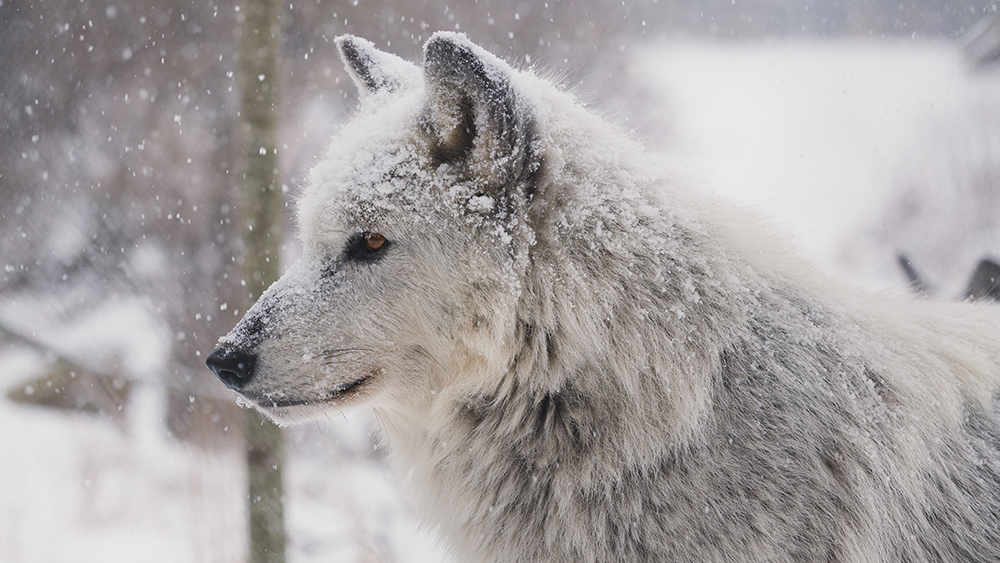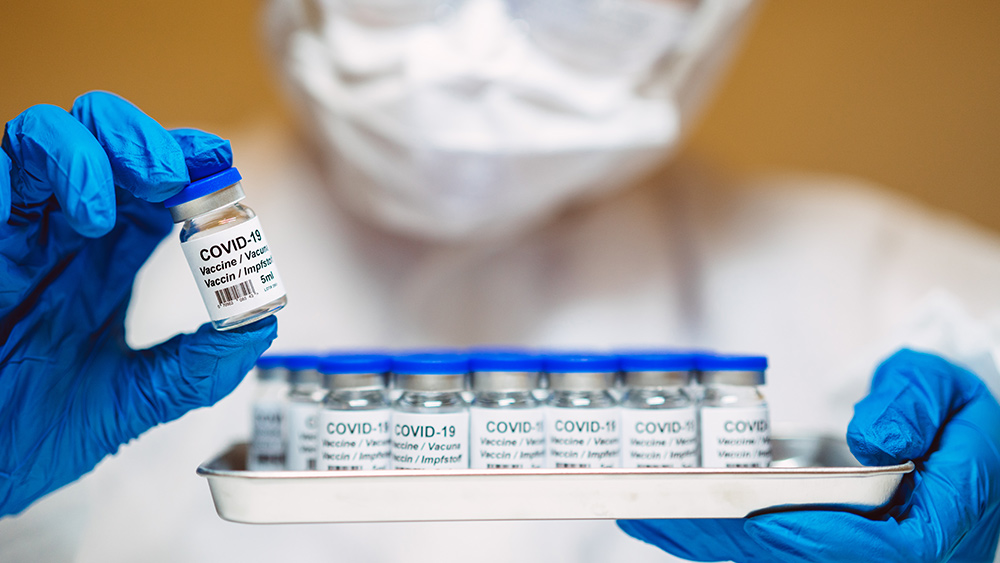 Parler
Parler Gab
Gab
- Colossal Biosciences used CRISPR to genetically engineer three dire wolves — Romulus, Remus and Khaleesi — by editing 14 key genes in gray wolf cells and implanting embryos in domestic dogs. The wolves mimic traits of the species extinct for 12,000 years.
- Researchers decoded the dire wolf genome from ancient fossils and used CRISPR-Cas9 to replicate traits like size, skull shape and coat. The edited cells were fused with dog eggs, reducing harm to surrogates — a technical advancement with potential conservation benefits.
- Critics argue the wolves aren’t true dire wolves (99.5% gray wolf DNA) and warn of ecological risks, as modern ecosystems lack their original prey. Bioethicists raise concerns about cloning safety, corporate motives and destabilizing food webs.
- Colossal’s methods may aid endangered species, like cloning red wolves to restore genetic diversity and engineering toxin-resistant quolls in Australia, blending de-extinction with modern wildlife preservation.
- Colossal’s next project involves editing 85 mammoth genes in Asian elephants, but hurdles include long gestation and ecological viability. The dire wolves’ success or failure will shape debates over humanity’s role in “resurrecting” species.
CRISPR editing and de-extinction
Colossal Biosciences’ dire wolves are the product of advanced genetic engineering. Scientists decoded the dire wolf genome from ancient fossils — a 13,000-year-old tooth and a 72,000-year-old ear bone — and identified 14 genes responsible for signature traits like their massive size (projected to reach 150 pounds as adults), broad skulls and dense white coats. Using CRISPR-Cas9, researchers edited 20 genetic markers in gray wolf cells to mirror these traits before implanting the embryos into domestic dogs. The process marked a technical leap: Endothelial progenitor cells from a gray wolf’s blood were edited and fused with dog eggs, eliminating invasive tissue sampling. This method, says co-founder George Church, could reduce harm to surrogate mothers and advance broader applications in conservation. The resulting wolves, raised in a 2,000-acre secure habitat, exhibit wild behaviors — keeping their distance from humans, howling like their ancient kin, and stalking prey like leaves. “We’re creating functional copies of something that used to be alive,” said Dr. Beth Shapiro, Colossal’s chief scientific officer. Yet critics question the term “de-extinction,” noting the wolves lack true dire wolf DNA and instead blend 14 edited genes into a gray wolf base, leaving 99.5% of their genome unchanged.Ethical and ecological concerns
The project faces fierce debate over its implications. Skeptics like paleoecologist Jacquelyn Gill argue that minimal genetic changes do not a dire wolf make: “Having 14 altered genes doesn’t redefine a species.” Others fear ecological disruption. Dire wolves historically hunted megafauna like bison and camels, which vanished with the Ice Age. Today’s ecosystems lack such prey, raising doubts about reintroducing these predators. Bioethicist Stephen Latham of Yale warns of unintended consequences: “Even if we call them ‘dire wolves,’ their survival could destabilize modern food webs.” There’s also concern over cloning risks — miscarriages, birth defects and stress on surrogate dogs. Colossal claims their methods were safe in this case, but critics argue broader threats remain. Additionally, the ethical line between conservation and corporate ambition is blurred. While Colossal emphasizes using technology to protect endangered species like the red wolf, its decacorn valuation and ventures into biotech enterprises, like plastic recycling and drug development, underscore commercial motives.Conservation beyond de-extinction
Despite questions about de-extinction, Colossal’s methods may save living animals. The company’s cloning of red wolves — where fewer than 20 individuals remain in the wild — aims to restore genetic diversity lost to inbreeding. By extracting “ghost alleles” (hidden red wolf DNA in coyote hybrids), scientists hope to breed more resilient populations. Similar strategies could aid Australia’s northern quolls, threatened by invasive cane toads. Colossal’s thylacine research identified a single genetic edit granting 5,000-fold toxin resistance, potentially engineering “super quolls.” “We’re not just looking to the past,” said CEO Ben Lamm. “We’re rebuilding a future where humans repair the damage we’ve caused.”Mammoths and the challenges of re-evolving
Colossal’s next target — a woolly mammoth — is a taller order. Editing 85 genes in Asian elephants’ genomes (versus the wolves’ 14) and overcoming a 22-month gestation require unprecedented precision. “If it looks like a mammoth and behaves like a mammoth, it is a mammoth,” Shapiro insists. But even if achieved, questions linger: Can isolated individuals survive without vast herds? Might they outcompete surviving species?Pioneering or playacting?
Colossal’s dire wolves symbolize humanity’s growing control over life itself — a power both awe-inspiring and perilous. While they embody a vision of restoring lost ecosystems and reversing biodiversity decline, the path forward demands cautious collaboration. As conservation scientist Rick McIntyre warns, “Specialized hunters didn’t survive last time. Nature isn’t a lab experiment.” For now, Romulus, Remus and Khaleesi remain a spectacle: a glimmer of Ice Age North America preserved amid a 21st-century ethical maze. Whether they herald ecological rebirth or unintended consequences hinges on how society balances ambition with wisdom in the age of CRISPR. Sources include: WattsUpWithThat.com Time.com the-Scientist.comTrump administration unleashes U.S. timber and mineral production amid supply chain concerns
By Willow Tohi // Share
Former FAA contractor admits to spying for Iran, exposing critical U.S. aviation data
By Cassie B. // Share
Breakthrough quantum phase observed, paving the way for advanced computing and sensing
By Willow Tohi // Share
Federal judge orders release of $20 billion in EPA green grants, rejects Zeldin’s freeze
By Laura Harris // Share
Eat your MEAT! Study finds children need to eat more animal protein for survival and development
By Willow Tohi // Share
By Lance D Johnson // Share
Governments continue to obscure COVID-19 vaccine data amid rising concerns over excess deaths
By patricklewis // Share
Tech giant Microsoft backs EXTINCTION with its support of carbon capture programs
By ramontomeydw // Share
Germany to resume arms exports to Israel despite repeated ceasefire violations
By isabelle // Share










